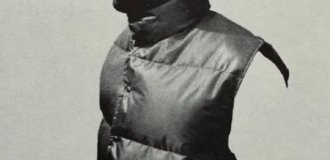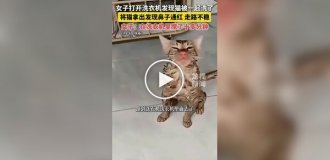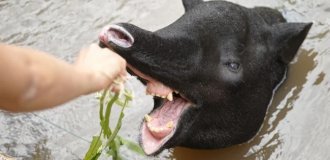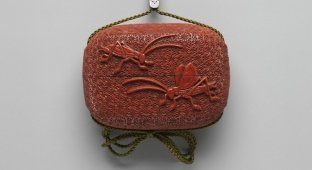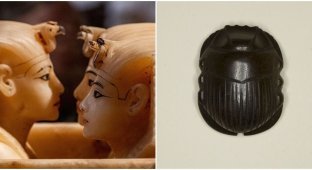Chinese brush for writing and calligraphy.
One of the oldest and most revered objects of Chinese culture.
It is believed that this object was invented by a government official during the Qin Dynasty (3rd century BC), although archaeologists have found examples from an earlier period—the Warring States period (c. 5th century BC).
In China, this object was considered a symbol of culture, scholarship, and a person's inner state. It is considered one of the treasures of a scholar's cabinet: these objects symbolize inner discipline and harmony between body and spirit, which is why every educated person owned one. One part of this object is hard, the other soft, and its nature is directly related to animals.
The most ancient examples are made of bamboo and animal hair, most often goat, wolf, or rabbit. The handle was traditionally made of bamboo, but sandalwood, jade, bone, buffalo horn, porcelain, and even tortoiseshell were used for gift brushes. They were also often decorated with carvings or lacquer.
Today, brushes are still used in calligraphy, guohua painting, and as a symbol of cultural continuity. For many Chinese, calligraphy remains a means of meditation and self-discovery, as each brushstroke reflects the inner state of the writer.
